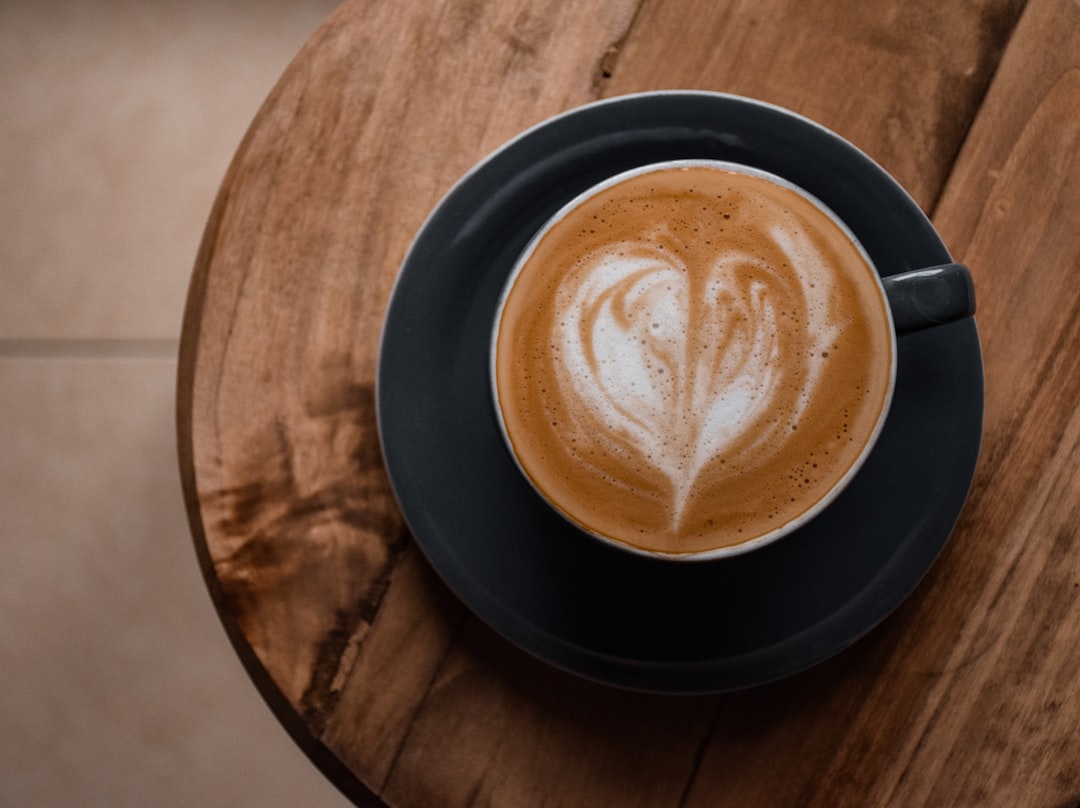The Science of Baking: Secrets to Perfecting your Pastries
Baking, in all its forms, has been an art that has delighted taste buds for centuries. From fluffy cakes to flaky pastries, there is something magical about the science behind it all. As any baker knows, there are certain secrets and techniques that can take your pastries from good to exceptional. In this blog post, we will unravel the mysteries and reveal the science behind the perfect pastry.
First and foremost, let us dive into the importance of correct measurements. Baking is a science, and precision is key. One of the fundamental secrets to perfecting your pastries lies in accurately measuring the ingredients. This means investing in reliable weighing scales, as the weight of flour, sugar, and butter can greatly affect the outcome of your final product. Measuring cups are notorious for varying in sizes, and using them can lead to inconsistent results. So next time you embark on a baking adventure, make sure to weigh rather than scoop and pile, and pay attention to the ratios specified in the recipe.
Now, let’s talk about the role of fat in pastries. Fat, such as butter or shortening, plays a crucial role in creating the flaky texture that we all love. When the fat in the dough melts during baking, it creates steam, which ultimately leads to those airy layers in your pastries. Temperature control is essential here – the butter should be cold when making pastry dough. The cold butter creates pockets of fat within the dough, resulting in a flaky texture when baked. So, chilling the dough, especially before rolling it out, is a must-do step that many bakers overlook.
Another essential element in baking is leavening agents. Whether you’re making a cake or croissants, leavening agents are responsible for that satisfying rise. Baking powder and baking soda are commonly used leaveners. They work by releasing carbon dioxide gas when combined with moisture and heat. This gas creates tiny bubbles that expand, making the pastry light and fluffy. It’s crucial to understand the difference between baking soda and baking powder. Baking soda requires an acid to activate it, such as buttermilk or vinegar, while baking powder contains both the acid and the base needed for the reaction. So, follow your recipe carefully and ensure you use the correct leavening agent to achieve the desired result.
Temperature also plays a vital role when it comes to baking. Oven temperature fluctuations can greatly impact your pastries. A too hot oven may cause the outside to overcook while leaving the inside underdone, resulting in a dense or burnt pastry. On the other hand, a too cool oven may not provide enough heat for proper rise or browning. To tackle this, investing in an oven thermometer is highly recommended. This will allow you to accurately measure the temperature and adjust accordingly, ensuring perfectly baked pastries every time.
The protein in flour, known as gluten, is both a blessing and a curse in baking. Gluten gives structure and elasticity to the dough, but too much of it can result in a tough and chewy texture. This is particularly important when making delicate pastries, such as pie crusts or puff pastry. To achieve a tender and flaky texture, it’s essential to minimize gluten development. The trick lies in handling the dough gently and not overmixing or over-kneading. For instance, when making pie dough, aim for a crumbly texture and stop mixing as soon as the dough comes together. Overworking the dough will lead to gluten development and ultimately to a tougher crust.
Last but not least, we cannot discuss the secrets to perfecting pastries without mentioning the power of patience. Allowing enough time for the dough to rest and chill is crucial. Resting the dough relaxes the gluten, making it easier to handle. It also allows the flavors to meld and develop, resulting in a more flavorful final product. Additionally, chilling the dough, as mentioned before, ensures that the fat remains cold, creating those sought-after flaky layers.
In conclusion, the art of baking is truly a science. By understanding the role of precise measurements, fat, leaveners, temperature, gluten, and patience, you can elevate your baking game to a whole new level. So, the next time you embark on a baking adventure, remember these secrets to perfecting your pastries and let the science behind baking guide you to mouthwatering results.

